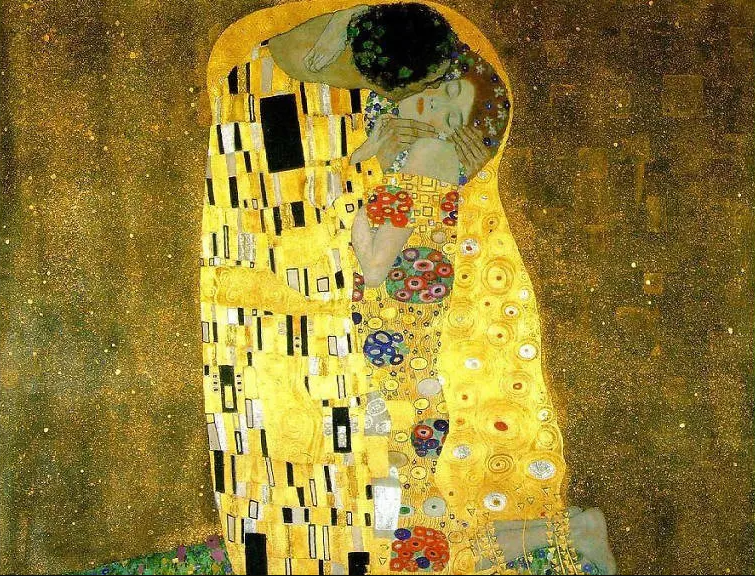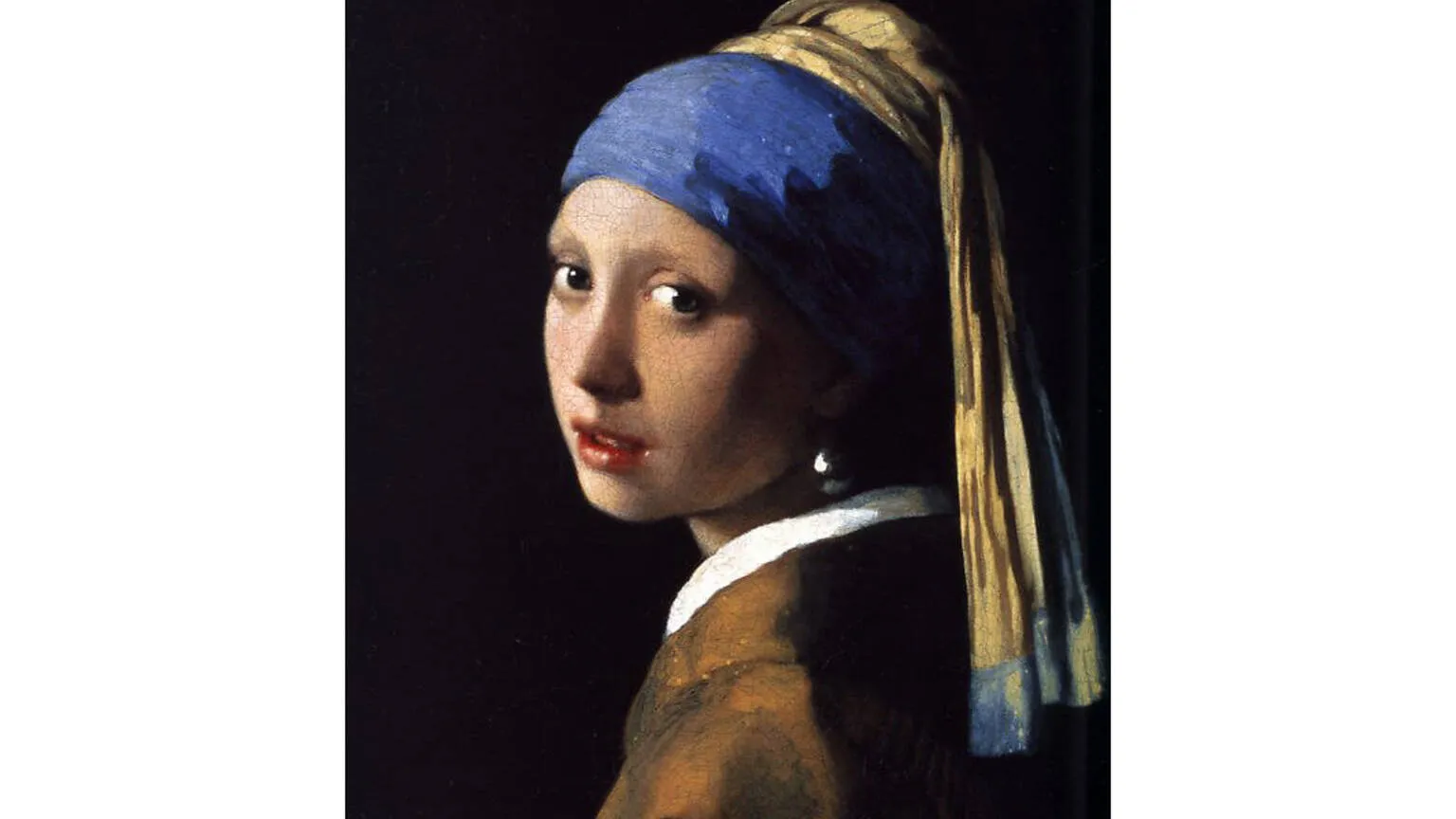Gustav Klimt’s Masterpiece “The Kiss” (1907–1908): An Icon of Love, Passion, and Artistry
Gustav Klimt’s The Kiss (1907–1908) is one of the most iconic and celebrated paintings in art history. Created during Klimt’s “Golden Phase,” this painting stands as a profound representation of love, intimacy, and sensuality. Klimt, a leading figure in the Vienna Secession movement, crafted a unique style that combined symbolism, eroticism, and intricate patterns, making The Kiss a timeless work of art.
Historical Context of The Kiss
Klimt completed The Kiss between 1907 and 1908, a period often referred to as his “Golden Phase” due to his extensive use of gold leaf. This technique was heavily inspired by Byzantine art, which Klimt had encountered during his travels. At the time, Klimt was already an established artist in Vienna, known for his unconventional approach to art that frequently challenged societal norms and conventions.
This painting was created at a time when Vienna was undergoing significant cultural and intellectual shifts. Klimt, along with other artists and intellectuals, was part of a broader movement that sought to break away from traditional academic art. The Kiss captures this desire for innovation through its bold use of color, form, and symbolism. The painting became an immediate success, symbolizing not only the height of Klimt’s artistic career but also a critical moment in early 20th-century European art.
Symbolism in The Kiss
The embrace between the two lovers in The Kiss is one of the most analyzed aspects of the painting. Klimt’s use of gold and intricate patterns evokes a sense of opulence and timelessness. The male figure is depicted in geometric shapes, while the female figure is adorned in floral motifs, symbolizing the union of masculine and feminine energies. This contrast reflects the balance between strength and vulnerability, passion and tenderness.
The golden background further enhances the ethereal quality of the painting, as if the figures are suspended in an otherworldly realm. Some art historians argue that The Kiss represents the tension between love and lust, while others view it as a celebration of spiritual and physical unity. Regardless of interpretation, the painting exudes a sense of profound intimacy and connection.
The Technique Behind The Kiss
Klimt’s technique in The Kiss is one of the painting’s most fascinating aspects. He combined traditional oil paints with gold leaf, creating a shimmering effect that captures the light in a way that few paintings do. This method not only adds to the painting’s visual appeal but also reinforces its symbolic meaning. Gold, often associated with divinity and immortality, elevates the lovers into a realm of timelessness.
In addition to gold leaf, Klimt used a mix of symbolism and eroticism that was both daring and innovative for the time. His detailed use of patterns, swirling lines, and intricate designs draws the viewer into the painting, making it feel almost like a mosaic.
The Legacy of The Kiss
More than a century after its creation, The Kiss remains one of the most beloved and reproduced artworks in the world. It continues to captivate audiences with its portrayal of love, passion, and the human experience. The painting has inspired countless interpretations, from feminist critiques to psychoanalytic readings, each offering new insights into Klimt’s masterpiece.
Klimt’s legacy as an artist who pushed boundaries and defied conventions is firmly cemented through The Kiss. Its universal themes of love and intimacy resonate across cultures and time periods, ensuring that it remains a central piece in the study of modern art.
Gustav Klimt’s The Kiss is much more than a beautiful painting—it is a profound exploration of human connection, love, and the power of art. Through his innovative use of gold, symbolism, and pattern, Klimt created a masterpiece that continues to resonate with viewers around the world. Whether viewed as a symbol of passion or spiritual unity, The Kiss stands as a testament to the enduring power of love and art.



